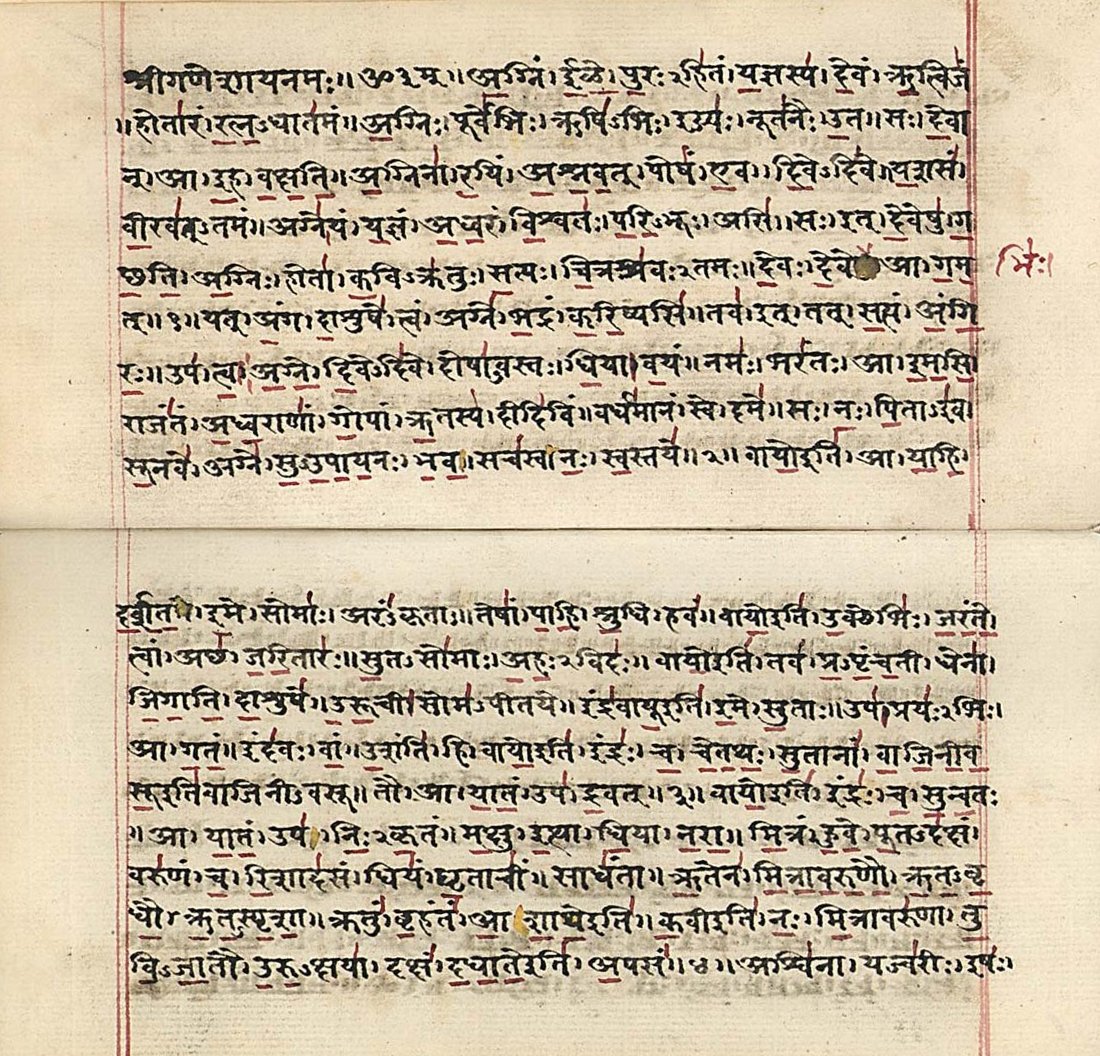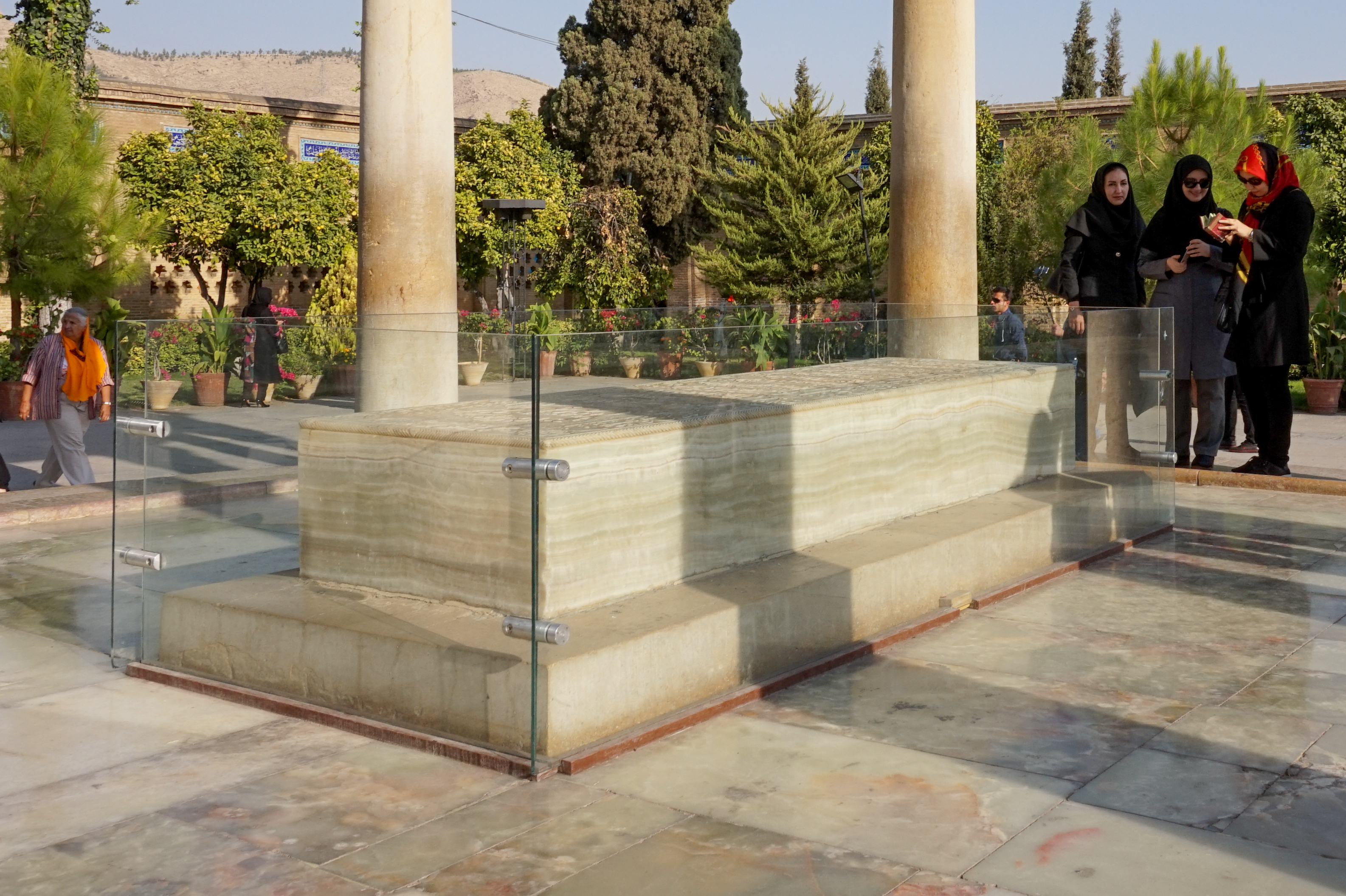|
Finn Thiesen
Finn Vilhelm Thiesen (born August 4, 1941, in Kongens Lyngby near Copenhagen) is a Danish–Norwegian linguist, iranist and translator. He was an associate professor of Persian at the University of Oslo (Department of Cultural Studies and Oriental Languages) until 2008. Thiesen was residing in Tehran, Iran, in the years 1977 to 1979 when he studied Persian literature at the University of Tehran. Thiesen speaks a dozen foreign languages fluently, including Persian, Hindi, Urdu, Kurdish, Turkish, English, German, and French, and is also a specialist in Ancient Greek, Middle Persian and Sanskrit. He is one of today's foremost experts in the Persian and poet Hafiz, and can recite the whole of his Diwan (poetry collection) by heart. Thiesen has written an introduction to the Norwegian edition ''I vinens speil'', published in the series "Verdens hellige skrifter" (literally: World Holy Scriptures), 2010. Selected publications * Eleven Etymologies, ''Languages of Iran: Past and Pre ... [...More Info...] [...Related Items...] OR: [Wikipedia] [Google] [Baidu] |
Finn Thiesen 2011
The word Finn (''pl.'' Finns) usually refers to a member of the majority Balto-Finnic ethnic group of Finland, or to a person from Finland. Finn may also refer to: Places * Finn Lake, Minnesota, United States * Finn Township, Logan County, North Dakota, United States * Lough Finn, a freshwater lough (lake) in County Donegal, Ireland * River Finn (County Donegal), Ireland * River Finn (Erne tributary), a tributary of the Erne River, Ireland People * Finn, an old Scandinavian ethnonym for the Sami people * Finn (given name), including a list of people with the given name * Finn (surname), English and German-language surname Mythological figures * Finn (dog), an English police dog and namesake of "Finn's Law" providing legal protection for animals in public service * Finn (Frisian), Frisian king who appears in ''Beowulf'' and the Finnesburg Fragment * Fionn mac Cumhaill (Old Irish: Finn mac Cumhal; anglicised to Finn McCool), a warrior in Irish mythology * Various legendary Hi ... [...More Info...] [...Related Items...] OR: [Wikipedia] [Google] [Baidu] |
Sanskrit
Sanskrit (; attributively , ; nominalization, nominally , , ) is a classical language belonging to the Indo-Aryan languages, Indo-Aryan branch of the Indo-European languages. It arose in South Asia after its predecessor languages had Trans-cultural diffusion, diffused there from the northwest in the late Bronze Age#South Asia, Bronze Age. Sanskrit is the sacred language of Hinduism, the language of classical Hindu philosophy, and of historical texts of Buddhism and Jainism. It was a lingua franca, link language in ancient and medieval South Asia, and upon transmission of Hindu and Buddhist culture to Southeast Asia, East Asia and Central Asia in the early medieval era, it became a language of religion and high culture, and of the political elites in some of these regions. As a result, Sanskrit had a lasting impact on the languages of South Asia, Southeast Asia and East Asia, especially in their formal and learned vocabularies. Sanskrit generally connotes several Indo-Aryan lang ... [...More Info...] [...Related Items...] OR: [Wikipedia] [Google] [Baidu] |
Iranologists
Iranian studies ( fa, ايرانشناسی '), also referred to as Iranology and Iranistics, is an interdisciplinary field dealing with the research and study of the civilization, history, literature, art and culture of Iranian peoples. It is a part of the wider field of Oriental studies. Iranian studies is broader than and distinct from Persian studies, which is the study of the modern Persian language and literature specifically. The discipline of Iranian Studies focuses on broad trends in culture, history, language and other aspects of not only Persians, but also a variety of other contemporary and historical Iranian peoples, such as Kurds, Lurs, Gilakis, Talysh, Tajiks, Pashtuns, Ossetians, Baluchis, Scythians, Sarmatians, Alans, Parthians, Sogdians, Bactrians, Khwarazmians, and Mazandaranis. In medieval Iran The medieval Persian poet Ferdowsi, author of the Iranian national epic the ', can be considered the founder of Iranian studies in the sense that in ... [...More Info...] [...Related Items...] OR: [Wikipedia] [Google] [Baidu] |
University Of Tehran Alumni
A university () is an institution of higher (or tertiary) education and research which awards academic degrees in several academic disciplines. ''University'' is derived from the Latin phrase ''universitas magistrorum et scholarium'', which roughly means "community of teachers and scholars". Universities typically offer both undergraduate and postgraduate programs. The first universities in Europe were established by Catholic Church monks. The University of Bologna (), Italy, which was founded in 1088, is the first university in the sense of: *being a high degree-awarding institute. *using the word ''universitas'' (which was coined at its foundation). *having independence from the ecclesiastic schools and issuing secular as well as non-secular degrees (with teaching conducted by both clergy and non-clergy): grammar, rhetoric, logic, theology, canon law, notarial law.Hunt Janin: "The university in medieval life, 1179–1499", McFarland, 2008, , p. 55f.de Ridder-Symoens, Hilde' ... [...More Info...] [...Related Items...] OR: [Wikipedia] [Google] [Baidu] |
People From Kongens Lyngby
A person ( : people) is a being that has certain capacities or attributes such as reason, morality, consciousness or self-consciousness, and being a part of a culturally established form of social relations such as kinship, ownership of property, or legal responsibility. The defining features of personhood and, consequently, what makes a person count as a person, differ widely among cultures and contexts. In addition to the question of personhood, of what makes a being count as a person to begin with, there are further questions about personal identity and self: both about what makes any particular person that particular person instead of another, and about what makes a person at one time the same person as they were or will be at another time despite any intervening changes. The plural form "people" is often used to refer to an entire nation or ethnic group (as in "a people"), and this was the original meaning of the word; it subsequently acquired its use as a plural form of p ... [...More Info...] [...Related Items...] OR: [Wikipedia] [Google] [Baidu] |
Living People
Related categories * :Year of birth missing (living people) / :Year of birth unknown * :Date of birth missing (living people) / :Date of birth unknown * :Place of birth missing (living people) / :Place of birth unknown * :Year of death missing / :Year of death unknown * :Date of death missing / :Date of death unknown * :Place of death missing / :Place of death unknown * :Missing middle or first names See also * :Dead people * :Template:L, which generates this category or death years, and birth year and sort keys. : {{DEFAULTSORT:Living people 21st-century people People by status ... [...More Info...] [...Related Items...] OR: [Wikipedia] [Google] [Baidu] |
1941 Births
Events Below, the events of World War II have the "WWII" prefix. January * January–August – 10,072 men, women and children with mental and physical disabilities are asphyxiated with carbon monoxide in a gas chamber, at Hadamar Euthanasia Centre in Germany, in the first phase of mass killings under the Action T4 program here. * January 1 – Thailand's Prime Minister Plaek Phibunsongkhram decrees January 1 as the official start of the Thai solar calendar new year (thus the previous year that began April 1 had only 9 months). * January 3 – A decree (''Normalschrifterlass'') promulgated in Germany by Martin Bormann, on behalf of Adolf Hitler, requires replacement of blackletter typefaces by Antiqua (typeface class), Antiqua. * January 4 – The short subject ''Elmer's Pet Rabbit'' is released, marking the second appearance of Bugs Bunny, and also the first to have his name on a title card. * January 5 – WWII: Battle of Bardia in Libya: Australian an ... [...More Info...] [...Related Items...] OR: [Wikipedia] [Google] [Baidu] |
Rumi
Jalāl al-Dīn Muḥammad Rūmī ( fa, جلالالدین محمد رومی), also known as Jalāl al-Dīn Muḥammad Balkhī (), Mevlânâ/Mawlānā ( fa, مولانا, lit= our master) and Mevlevî/Mawlawī ( fa, مولوی, lit= my master), but more popularly known simply as Rumi (30 September 1207 – 17 December 1273), was a 13th-century PersianRitter, H.; Bausani, A. "ḎJ̲alāl al-Dīn Rūmī b. Bahāʾ al-Dīn Sulṭān al-ʿulamāʾ Walad b. Ḥusayn b. Aḥmad Ḵh̲aṭībī." Encyclopaedia of Islam. Edited by: P. Bearman, Th. Bianquis, C.E. Bosworth, E. van Donzel and W.P. Heinrichs. Brill, 2007. Brill Online. Excerpt: "known by the sobriquet Mewlānā, persian poet and founder of the Mewlewiyya order of dervishes" poet, Hanafi faqih, Islamic scholar, Maturidi theologian and Sufi mystic originally from Greater Khorasan in Greater Iran. Rumi's influence transcends national borders and ethnic divisions: Iranians, Tajiks, Turks, Greeks, Pashtuns, other ... [...More Info...] [...Related Items...] OR: [Wikipedia] [Google] [Baidu] |
The Divān Of Hafez
''The Divān'' of Hafez ( Persian: دیوان حافظ) is a collection of poems written by the Iranian poet Hafez. Most of these poems are in Persian, but there are some macaronic language poems (in Persian and Arabic) and a completely Arabic ghazal. The most important part of this ''Divān'' is the ghazals. Poems in other forms such as qetʿe, qasida, mathnawi and rubaʿi are as well included in the ''Divān''. There is no evidence that Hafez's lost poems might have constituted the majority of his poetic output, and in addition, Hafez was very famous during his lifetime. Therefore he cannot have been a prolific poet. The number of ghazals that are generally accepted is less than 500: 495 ghazals in Ghazvini and Ghani edition, 486 ghazals in Natel-Khanlari's second edition and 484 ghazals in the Sayeh edition. Overview ''The Divān'' of Hafez was probably compiled for the first time after his death by Mohammad Golandam. However, some unconfirmed reports indicate that Hafez ... [...More Info...] [...Related Items...] OR: [Wikipedia] [Google] [Baidu] |
Iran
Iran, officially the Islamic Republic of Iran, and also called Persia, is a country located in Western Asia. It is bordered by Iraq and Turkey to the west, by Azerbaijan and Armenia to the northwest, by the Caspian Sea and Turkmenistan to the north, by Afghanistan and Pakistan to the east, and by the Gulf of Oman and the Persian Gulf to the south. It covers an area of , making it the 17th-largest country. Iran has a population of 86 million, making it the 17th-most populous country in the world, and the second-largest in the Middle East. Its largest cities, in descending order, are the capital Tehran, Mashhad, Isfahan, Karaj, Shiraz, and Tabriz. The country is home to one of the world's oldest civilizations, beginning with the formation of the Elamite kingdoms in the fourth millennium BC. It was first unified by the Medes, an ancient Iranian people, in the seventh century BC, and reached its territorial height in the sixth century BC, when Cyrus the Gr ... [...More Info...] [...Related Items...] OR: [Wikipedia] [Google] [Baidu] |
Hafez
Khwāje Shams-od-Dīn Moḥammad Ḥāfeẓ-e Shiraz, Shīrāzī ( fa, خواجه شمسالدین محمّد حافظ شیرازی), known by his pen name Hafez (, ''Ḥāfeẓ'', 'the memorizer; the (safe) keeper'; 1325–1390) and as "Hafiz", was a Persians, Persian Lyric poetry, lyric poet, whose collected works are regarded by many Iranian peoples, Iranians as a pinnacle of Persian literature. His works are often found in the homes of people in the Persian-speaking world, who learn his poems by heart and use them as everyday proverbs and sayings. His life and poems have become the subjects of much analysis, commentary and interpretation, influencing post-14th century Persian writing more than any other Persian author. Hafez is best known for his The Divān of Hafez, Divan of Hafez, a collection of his surviving poems probably compiled after his death. His works can be described as "Antinomianism#Islam, antinomian" and with the medieval use of the term "theosophical"; t ... [...More Info...] [...Related Items...] OR: [Wikipedia] [Google] [Baidu] |
Morgenbladet
''Morgenbladet'' is a Norwegian weekly, newspaper, covering politics, culture and science. History ''Morgenbladet'' was founded in 1819 by the book printer Niels Wulfsberg. The paper is the country's first daily newspaper; however, Adresseavisen was founded earlier. For a long time, ''Morgenbladet'' was also the country's top-ranking newspaper by circulation. Adolf Bredo Stabell, chief editor from 1831 to 1857, made ''Morgenbladet'' an important force of opposition, both in politics and literature. Among its writers during this period was the author Henrik Wergeland. The leadership of Christian Friele, from 1857 to 1893, turned ''Morgenbladet'' into the leading conservative news outlet in Norway. It was read by most people of authority and became the newspaper of high-ranking bureaucrats. It was soon challenged by new competition: Aftenposten (1860), catering to the merchant class, and Verdens Gang (1868) and Dagbladet (1869), representing opposition to the ruling classes. ... [...More Info...] [...Related Items...] OR: [Wikipedia] [Google] [Baidu] |


_1938.jpg)



.png)